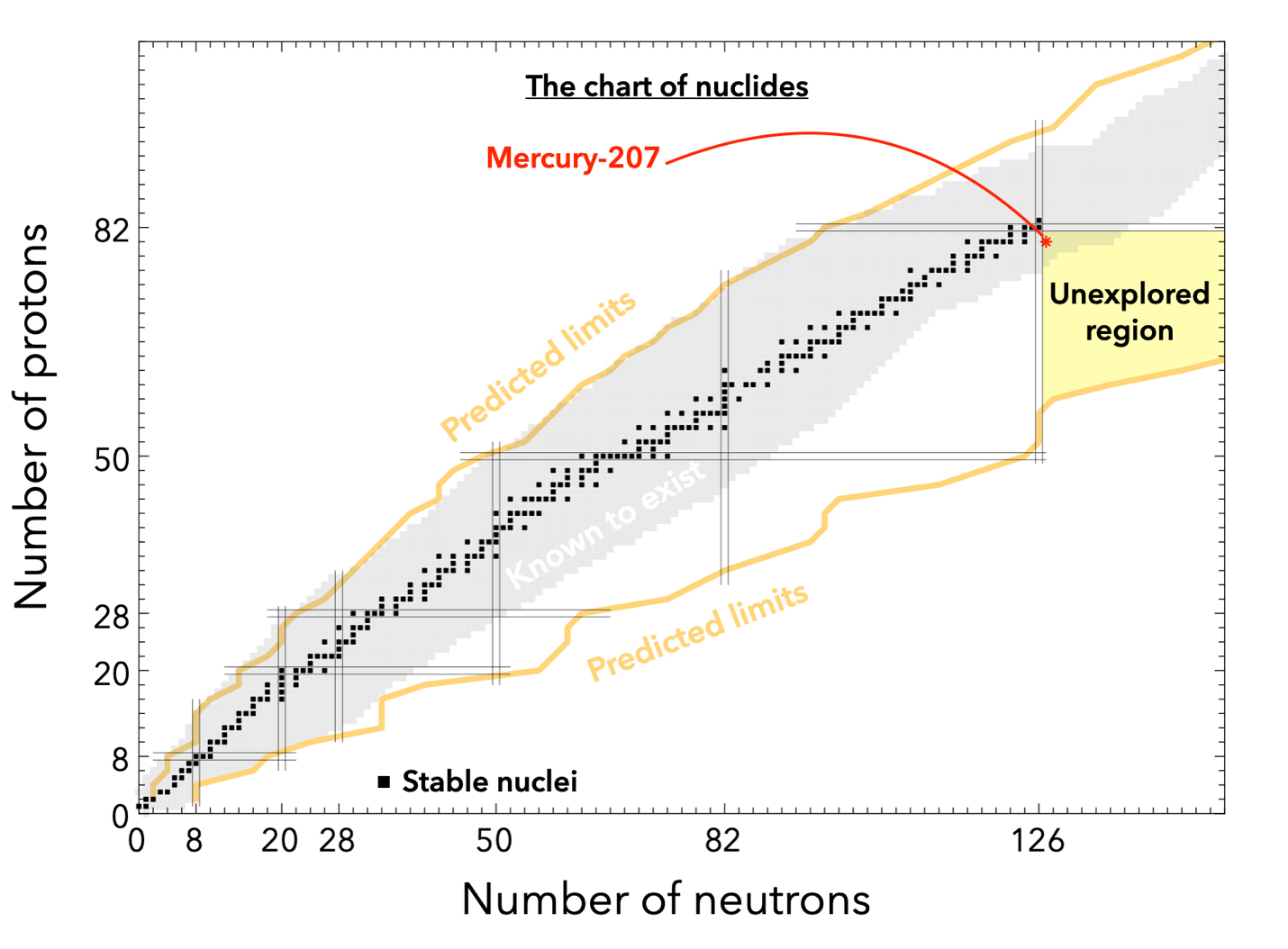
A Pioneering Exploration of Exotic Nuclei
New research and newly implemented techniques expand scientific understanding of isotopes whose nuclei have the “magic numbers” of less than 82 protons and more than 126 neutrons.

New research and newly implemented techniques expand scientific understanding of isotopes whose nuclei have the “magic numbers” of less than 82 protons and more than 126 neutrons.

Nuclear theorists explore the properties of dense neutron matter to get at the core of neutron stars.
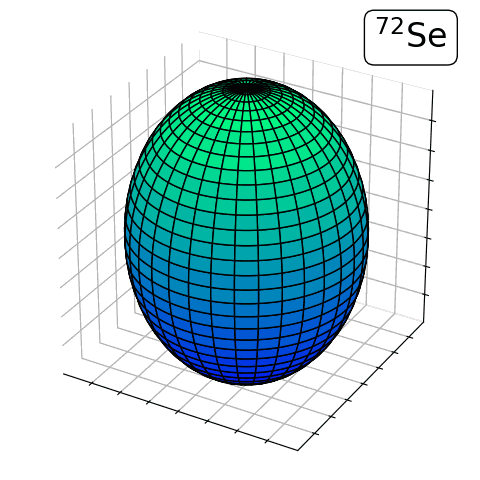
Scientists find the radioactive nucleus selenium-72 is football-shaped, answering a longstanding question about the nuclear shape of selenium isotopes.
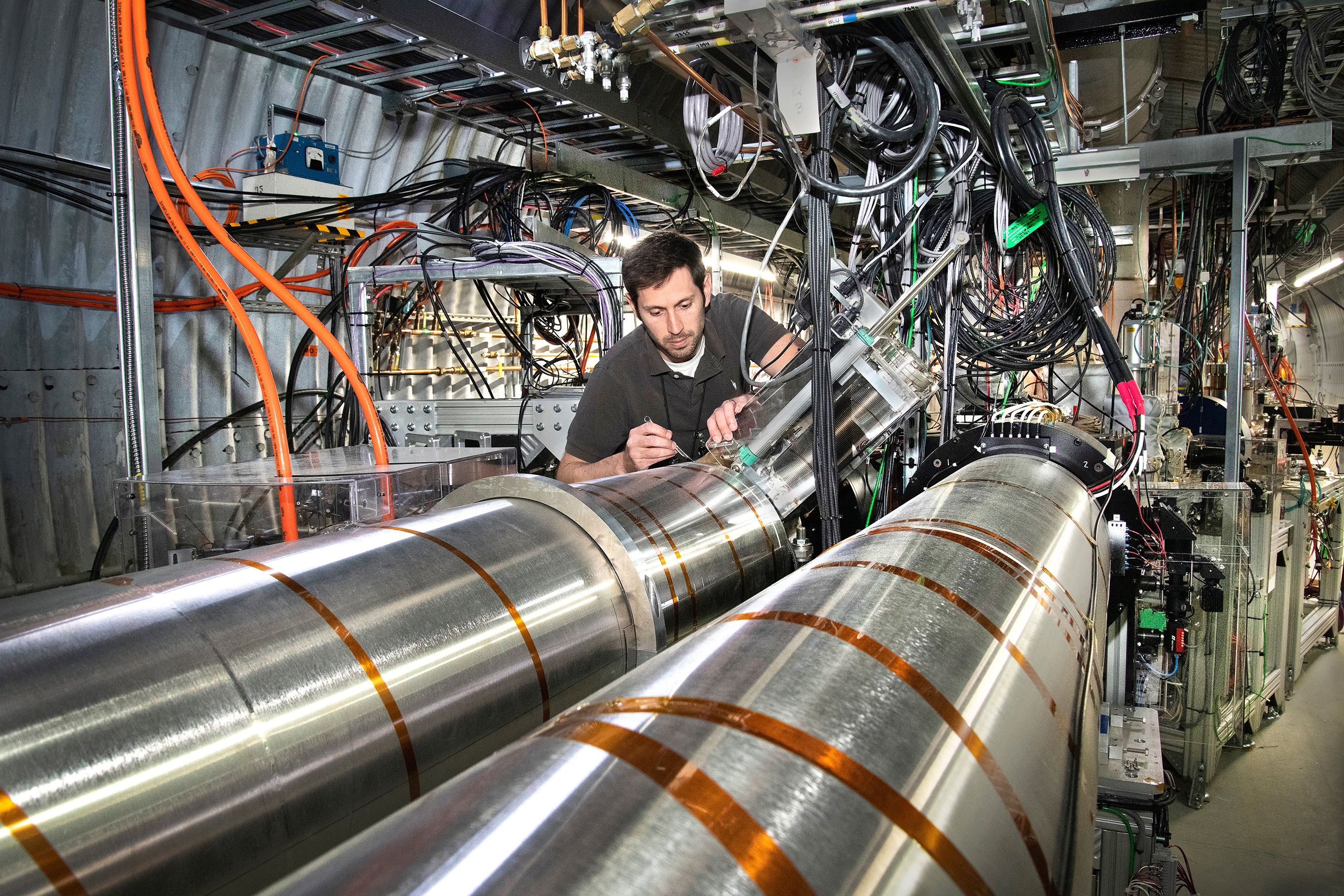
Team combines many innovative accelerator accomplishments to keep gold ions cold and advance nuclear physics research.

Diagnostic test will improve performance of collider as physicists explore sources of proton spin
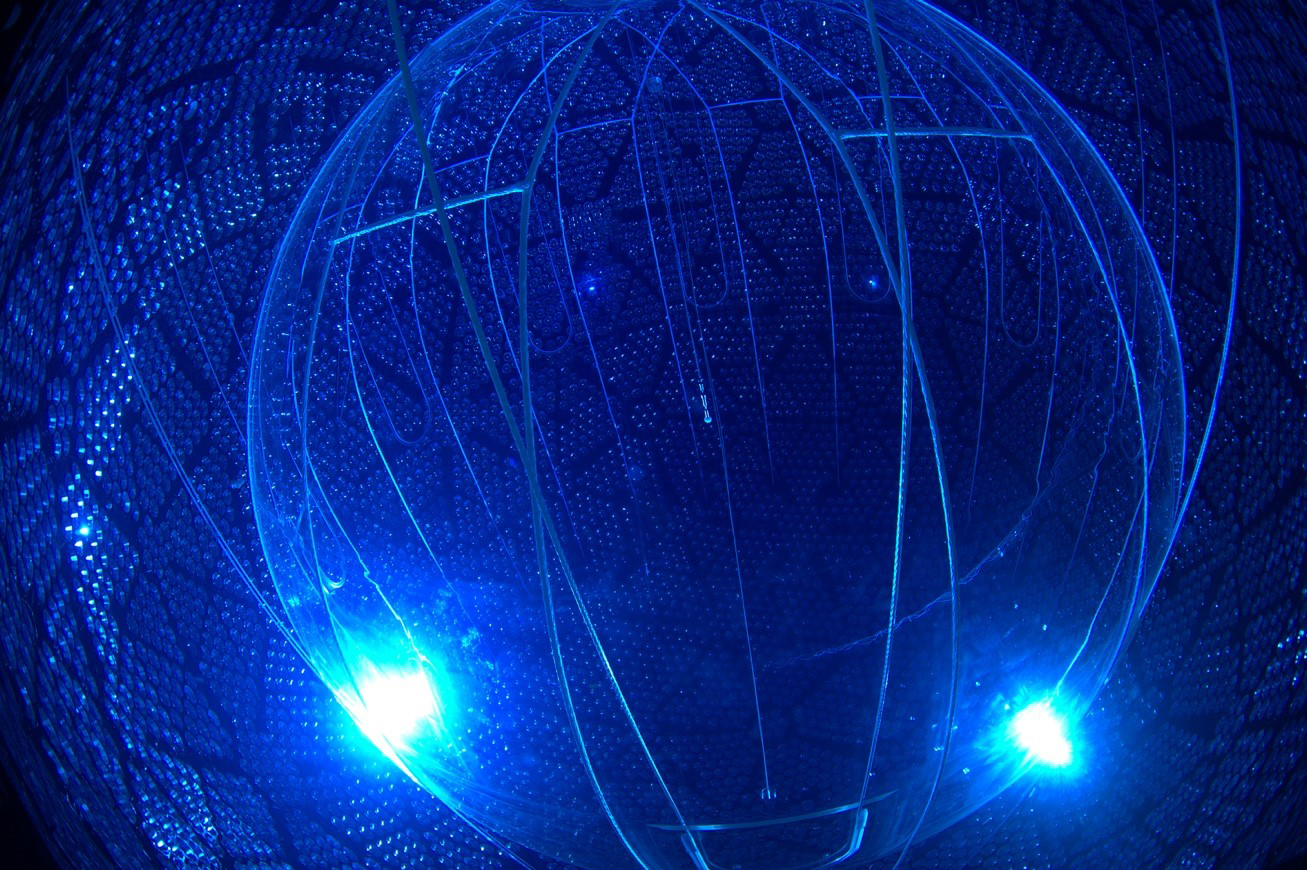
The SNO+ Experiment, over a mile underground, places new limits on grand unified theories and studies neutrinos from the Sun

New computer simulations reveal the explosive scene after ultra-dense stars collide, as well as where heavy elements may have originally formed.
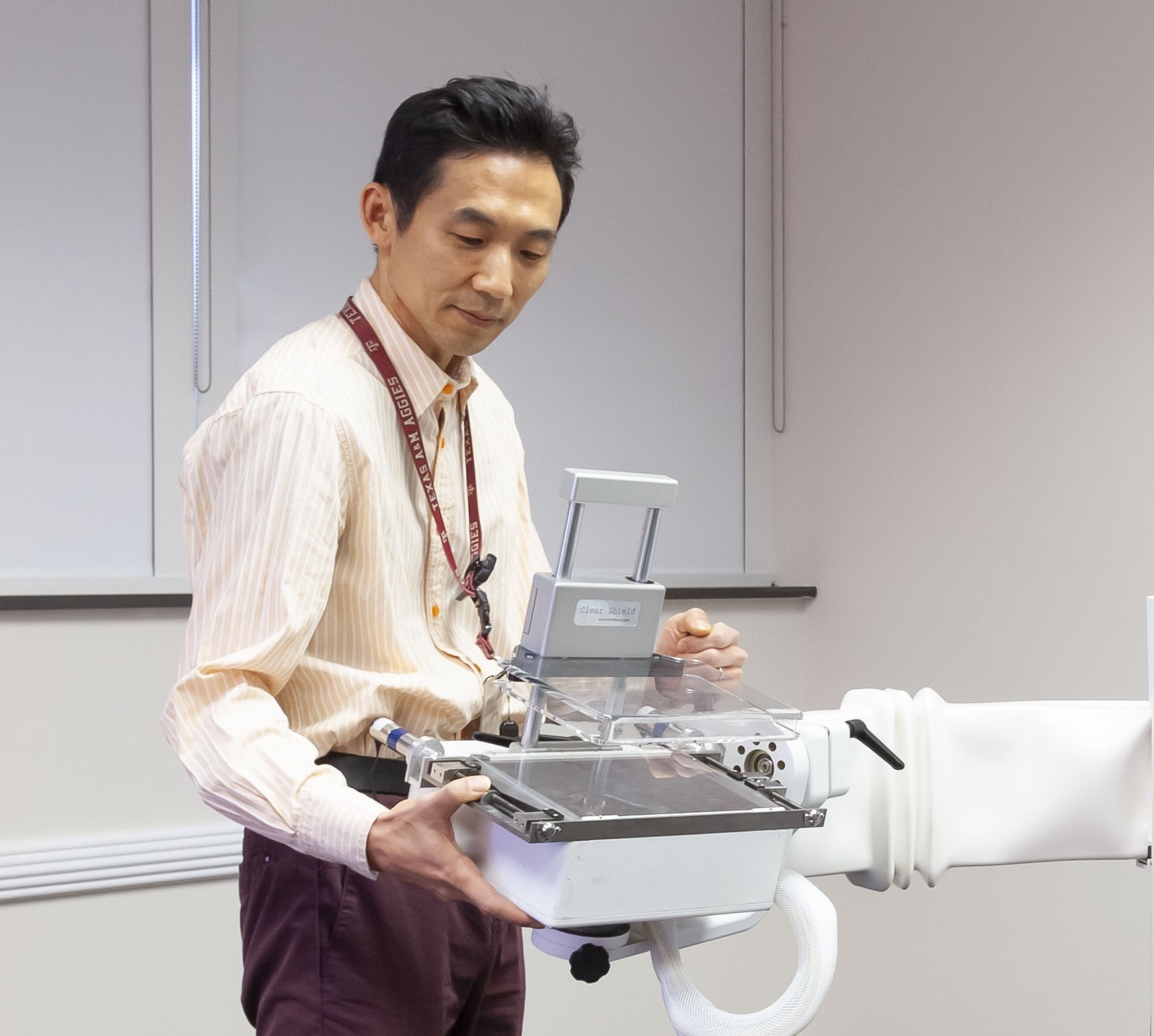
A new device may provide up to six times better contrast of tumors in the breast, while halving the radiation dose to patients.

Built with detector technologies used in nuclear physics experiments, the system monitors radiation treatments in hard-to-reach areas.
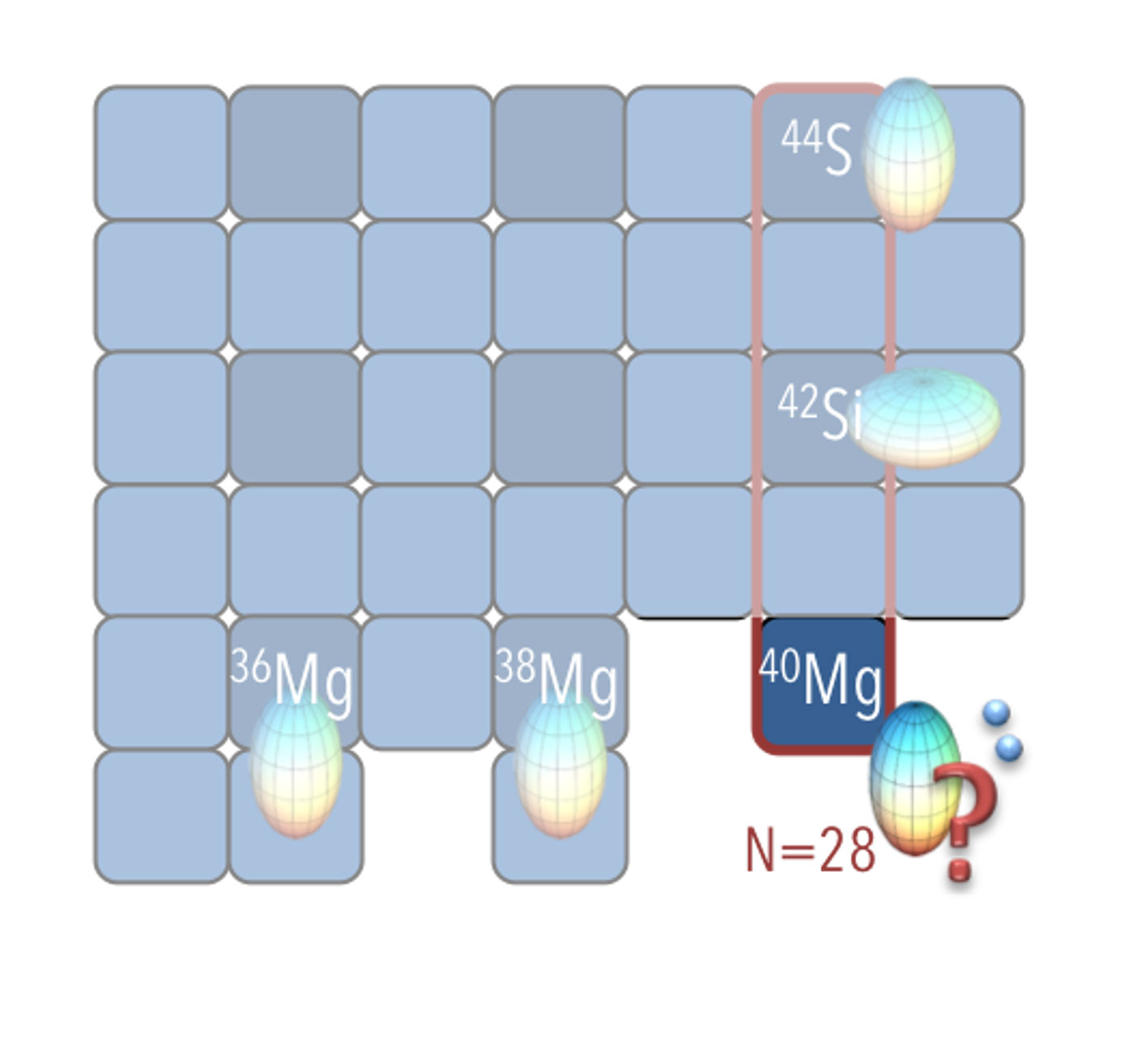
The recently observed “fingerprints” of a neutron-rich isotope suggest an unexpected change in nuclear structure, possibly pointing to physics missing from atomic models.
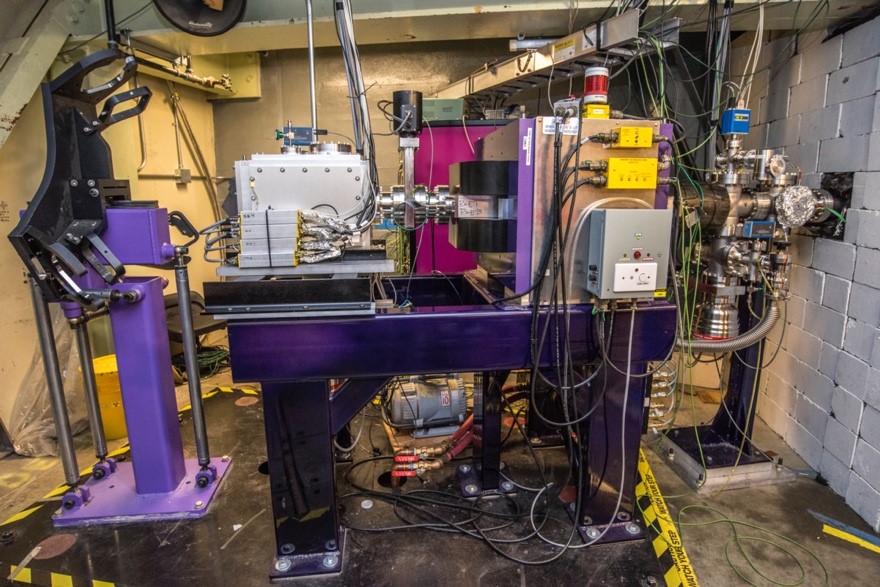
Expanding our understanding of the structure and decay properties of some of the most exotic elements.
Read more about Building a Scale to Weigh Superheavy Elements
Following in the footsteps of supernovas, a new approach offers a more natural way to make new extremely heavy elements.
Read more about A Search for New Superheavy IsotopesSignup for the Office of Science’s GovDelivery email service, and check the box for the Nuclear Physics Program in your subscriber preferences.
Subscribe